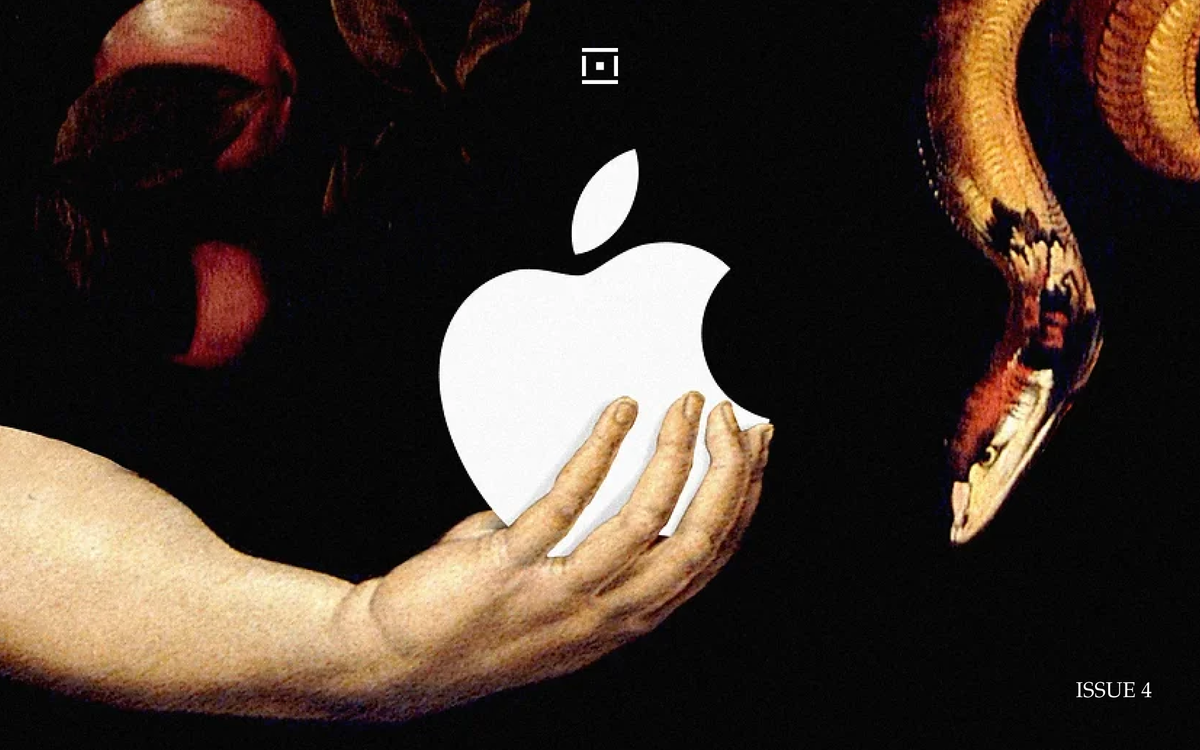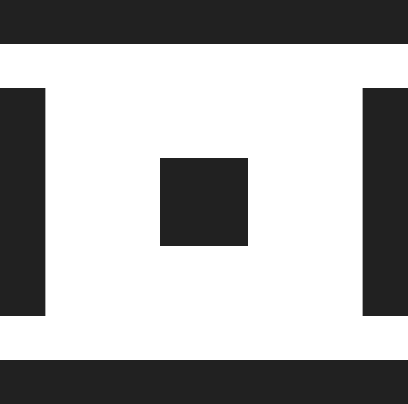THE WORM INSIDE THE APPLE

This is the first part of my digital journal, which will have eight parts. The experiment is proposed by Associate Professor Constantin Vică, my teacher in Ethics of Cognitive Technologies in the master's program in Cognitive Science.
In the last few years, I became more disciplined with my digital inputs, especially with those that comes from my phone. Applying a few strict rules over time successfully reduced my screen time from over five hours to a maximum of two hours. If I have to resume all of them in a single line, make it as dull as possible: no social media apps, delete any app that can be used on a laptop, no reading apps, no AI apps, and gray out the screen to make it lifeless and uninteresting.
The main problem with smartphones is that they are fast, pretty, and easy to use. Our brains like that. A lot. They're like crack or sugar. Therefore, through reverse engineering, it should be transformed into a slow, ugly, and hard-to-use device or replaced with a dumb phone. There is no other way around it. All designers and psychologists working to make every app and interaction simple, intuitive, and pleasing are stronger than our willpower.
Fun fact: I started leaning more into the psychology of design after reading Hooked, a book that explains how to manipulate users to use a digital product. Changed my mind meanwhile.
I’ve noticed that I’ve been using my phone more in the last few days, and I wanted to verify my screen time. iPhone had a setting that displayed this metric. It's been there for years. Not anymore. In iOS 26, they updated the daily screen time to show daily battery use. Updates are going backwards sometimes. From a clear, useful metric that keeps us accountable for our device usage, they have been replaced by an ambiguous percentage. The most user-centric company decided that the time was not clear enough.
Why do they do it?
Everyone knows that spending a lot of time on devices doesn't bring many benefits. I remember checking my screentime in the past. It's not a nice feeling to see six hours of screentime in the same day you procrastinated on an important project. Guilt and shame strike lightning fast. It feels really bad to see that concrete, measurable failure in my face. It was not only the time spent unproductively, but also the failure to do what I was supposed to be doing that day.
I know that. Apple knows that, and they did something about it. They removed the counter of my unproductive hours. They want me happy, not stressed by their devices. Therefore, any psychological burden that I'll get from using the ecosystem must be removed or replaced.
It seems such a small interface change, but in reality, it's a huge psychological move. Now it's harder to know how much time you spent on the device and on each application. The percentage of battery used is so vague that it can't be precisely mapped to your activity. Without the precise allocation of minutes gone to mindless social media and unconscious scrolling, we can now all feel better about ourselves. Our inability to control our behavior is no longer visible. They hide your shame and turn it into an ambiguous data point, which is less harsh on our brains.
Dark user experience patterns are here to stay, and this is one of the snikiest ones I've seen in a while. Hiding the exact amount we spent on their devices is like giving a child a candy bar without any nutritional information. You can't track how much sugar he eats, but at the end of the day, it's clear that he's not feeling good.
Thank you, Apple, for caring about your users.
Best,
George
